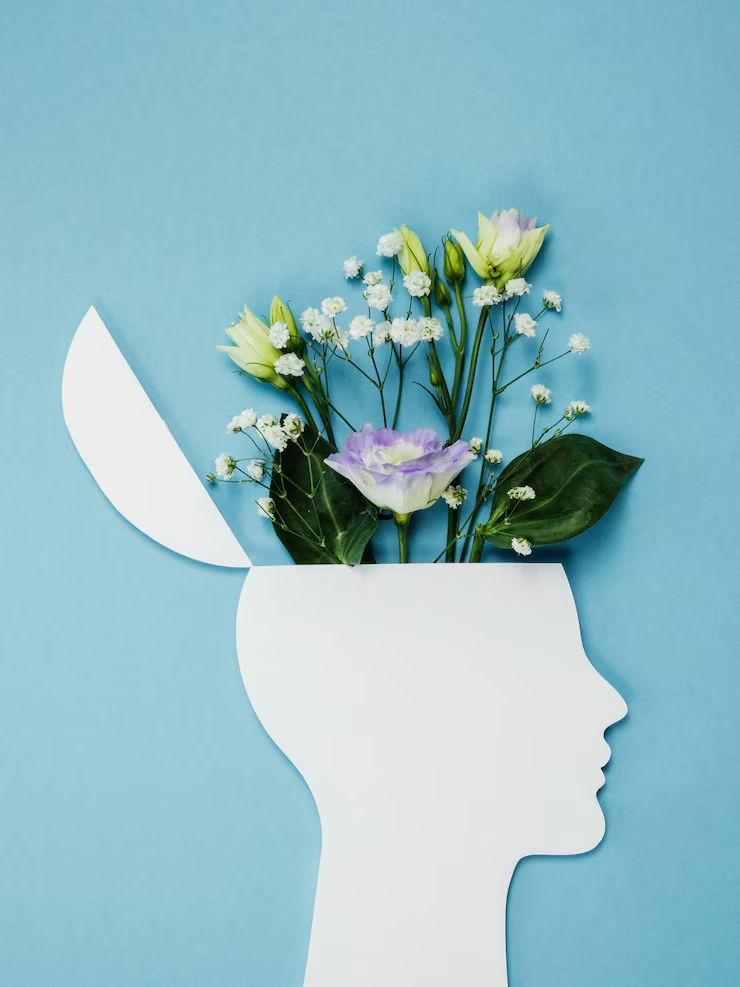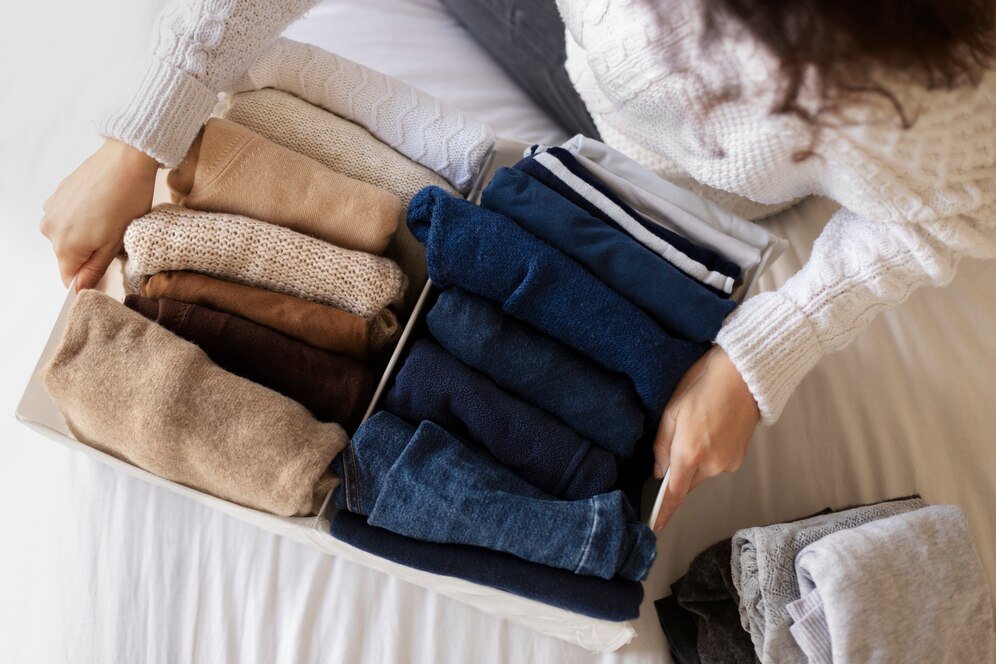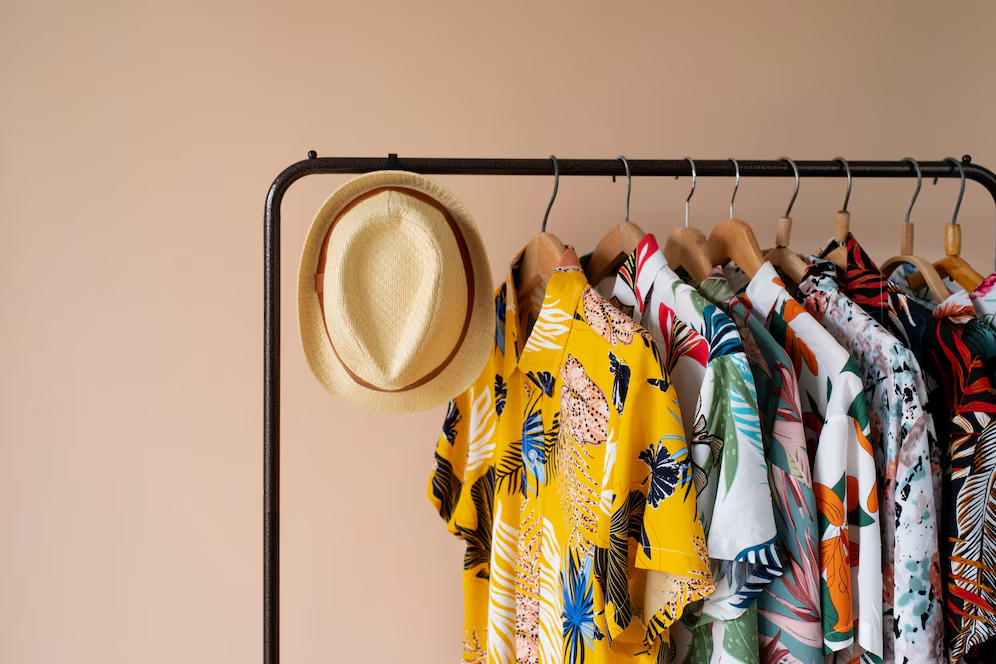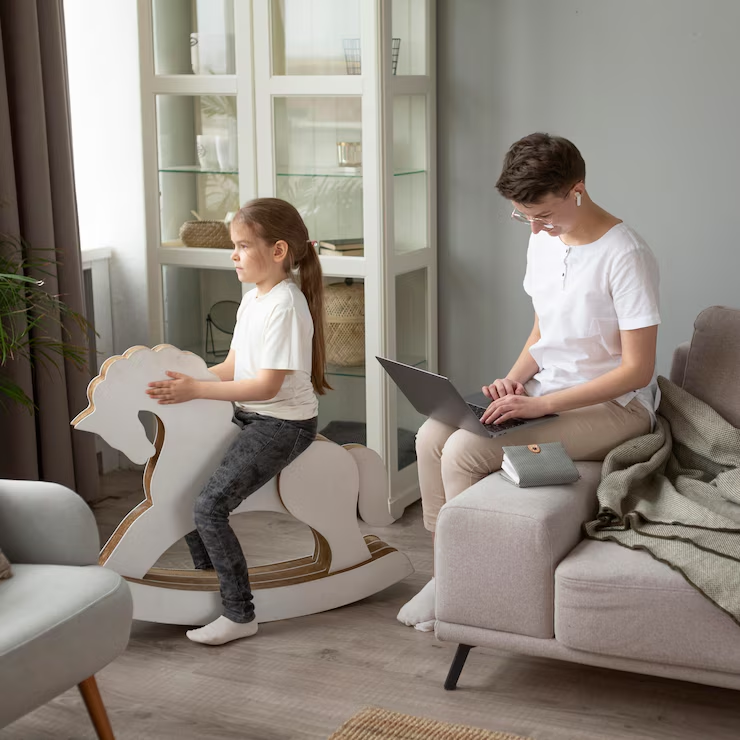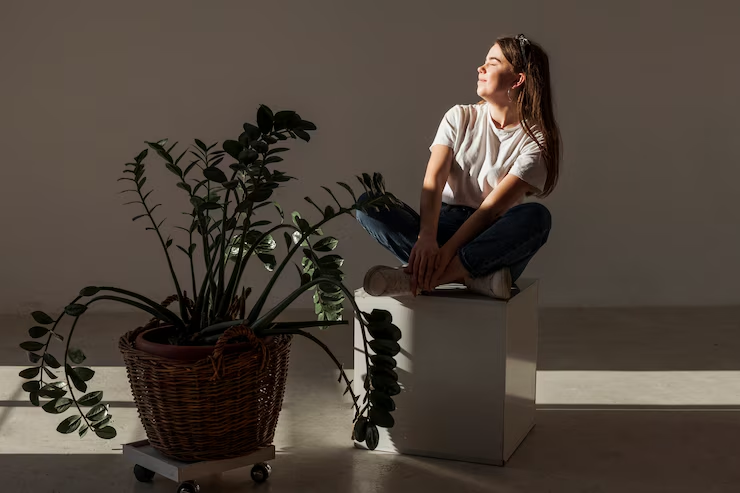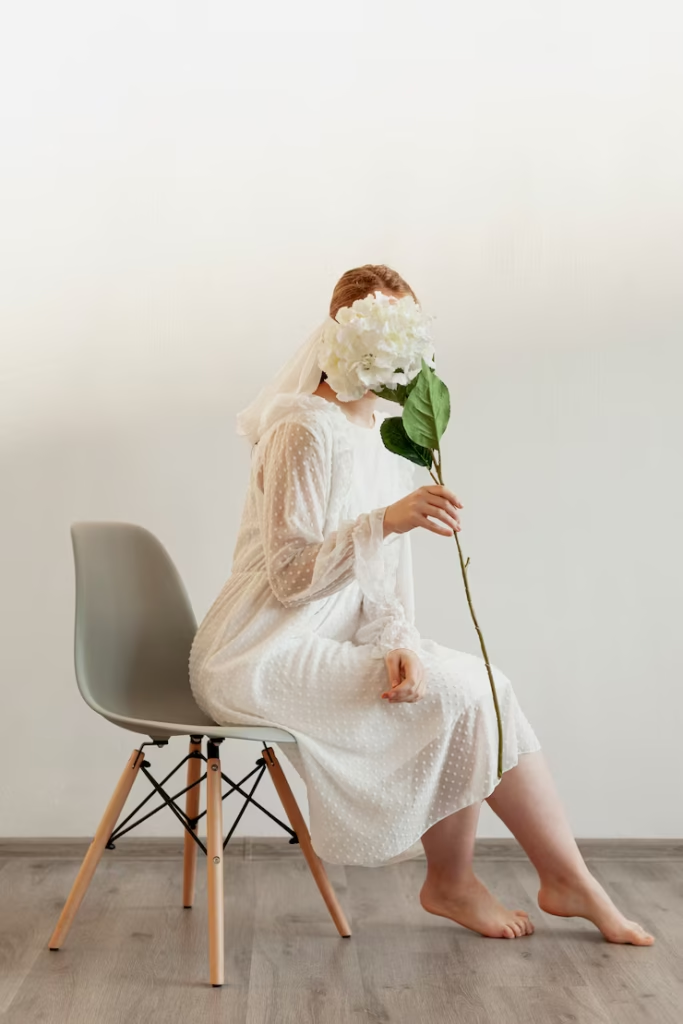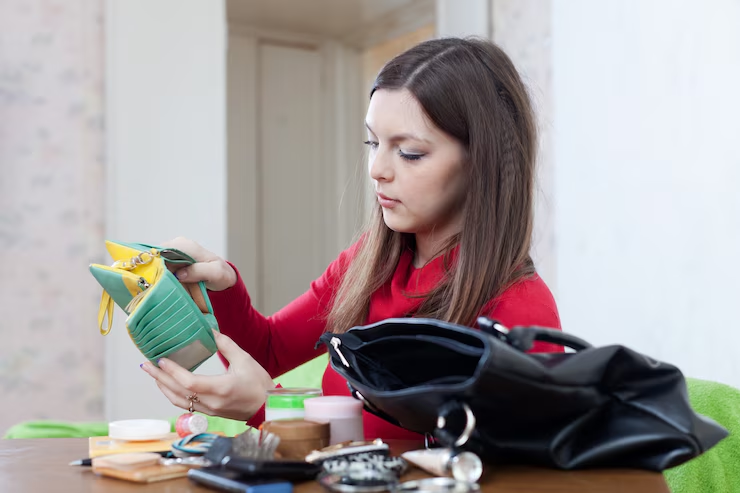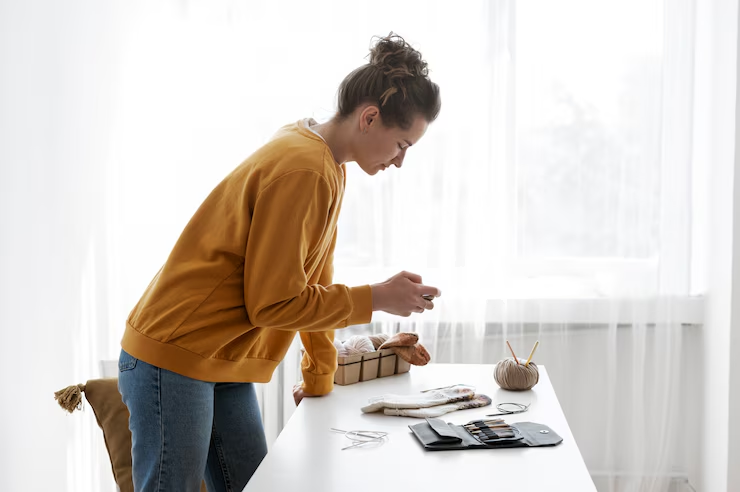Minimalism means living with less. It means you keep only what you need. It can help you feel calm. It can help you think clearly. In this article, you will learn how minimalism improve mental health and reduce stress.
What Is Minimalism?
Minimalism means choosing what matters. You let go of extra stuff. You focus on items that bring value. You clear your space. You clear your mind. This way of life can help you stay calm. It can help you stay clear.
The Core Idea of Minimalism

Source: Freepik
Minimalism asks you to ask a simple question: “Do I need this?” You look at your clothes, your books, and your gadgets. Then you keep only the best ones. You let go of the rest. This act can free your mind. It can free your time. You no longer worry about too much stuff. You feel more at ease.
How Minimalism Improve Mental Health
Minimalism can boost your mood. It can help you focus. It can help you feel in control.
l Clear Space, Clear Mind
When your room is neat, you feel calm. You can find things fast. You spend less time looking for lost items. You spend more time on tasks that matter. As a result, you feel less tired. You feel less tense.
l Less Decision Fatigue
Every day, you make many choices. What to wear, what to eat, what to work on. Each choice uses mental energy. When you own fewer items, you face fewer choices. You wake up and pick from a small set of clothes. You decide on work tasks you truly care about. You save your mental energy for big tasks. You feel less worn out.
l Better Focus and Productivity
A neat desk can help you work better. You see only what you need. You avoid distractions. You can keep your mind on one task at a time. As a result, you finish work faster. You feel proud of your progress. You feel less stressed about deadlines.
l More Time for Self-Care
Minimalism can give you more free time. You spend less time cleaning and organizing. You spend less time shopping and sorting. You can use that time to rest. You can use it to read, to walk, or to talk with a friend. You can use it to relax. You can use it to smile.
How Minimalism Reduce Stress

Source: freepik
Stress often comes from feeling out of control. It comes from clutter and noise. Minimalism can bring back your sense of calm.
l Less Clutter, Less Overwhelm
Clutter can make you feel stuck. It can make your mind race. It can make you feel like you have too much to handle. When you clear clutter, you clear that feeling. You can breathe more easily. You can feel more at ease.
l Lower Bills, Lower Worry
When you buy less, you spend less. You can save money for things that matter. You can avoid debt. You can avoid the worry that comes with bills. You can sleep better at night. You can wake up without a heavy heart.
l Simple Routines, Less Stress
With fewer items, you can set up simple routines. You can have a morning routine that takes five steps. You can have an evening routine that takes ten minutes. You can stick to these routines with ease. You can start your day calm. You can end your day relaxed.
l Improved Sleep
A neat bedroom can help you sleep well. You see a tidy bed and a clear floor. You feel calm. You can fall asleep fast. You can wake up feeling rested. You can face the day with a clear mind.
Common Questions About Minimalism
You may have doubts. You may ask, “Will I miss things?” or “Is it worth it?” Here are answers to help you.
Will I Lose My Memories?
No. You keep what you love. You can take photos of items you let go. You can keep digital memories. You can store a few items that truly matter. You still keep the memories. You lose the clutter.
Is Minimalism for Everyone?
Yes. You can adapt it to your needs. You can be a part-time minimalist. You can clear only one room. You can start with just your desk. You can take it at your pace.
What If I Mess Up?
It is fine to make mistakes. You may clear too much or too little. You can adjust. You can add back what you need. You can keep what you love. You can learn from each step.
Conclusion
Minimalism can improve mental health and reduce stress. It can clear your space. It can clear your mind. It can give you more time and energy. You can start small. You can grow step by step. You can keep what you need. You can let go of what holds you back. Try one step today. You may find more calm in your life.
